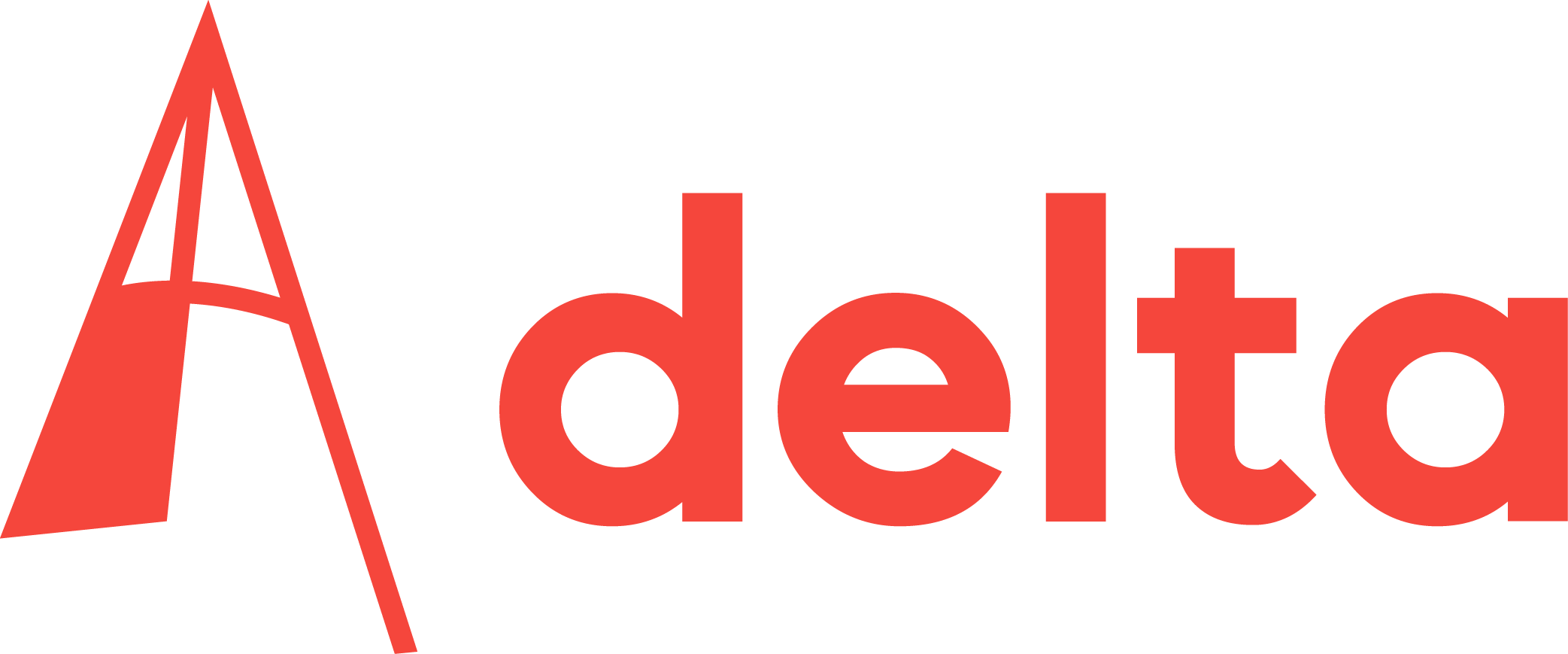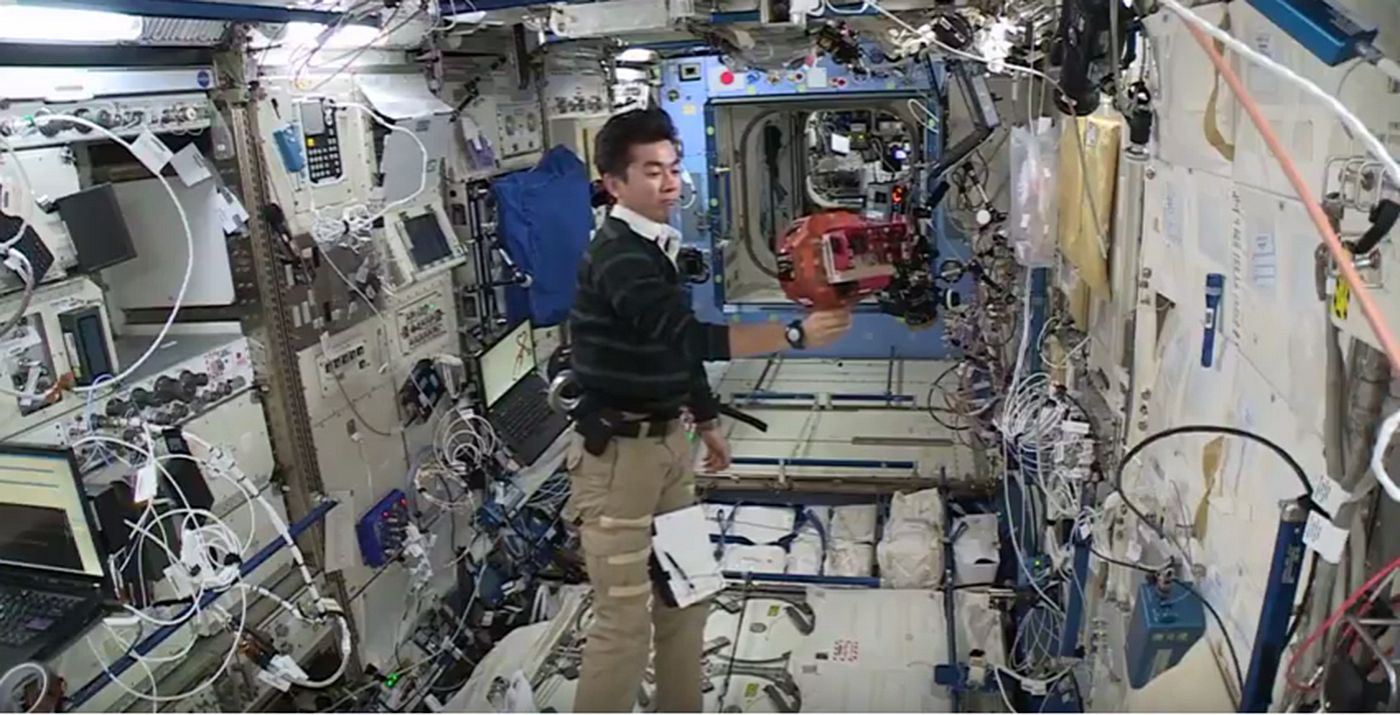For space exploration we will have to rely on self-learning robots, Dr. Guido de Croon believes. He is experimenting with one on the ISS.
Why is that Japanese guy monkeying around with that droid on the Millennium Falcon spacecraft? And where is Luke Skywalker with his lightsaber?
If you look at the latest news on the website of ESA you are in for a surprise. If you are a Star Wars fan, that is. ESA published a press release about a self-learning droid in the ISS, in the Japanese module. The droid shows much resemblance with the free-floating practice droids on the Millennium Falcon spacecraft that Luke Skywalker used to learn to channel the Force.
Word goes that their spiritual father, David Miller, came up with the idea of developing these droids in 1999 after having seen a clip of Star Wars, The Phantom Menace. “I want those droids in the ISS,” Miller, who at that time worked at MIT, presumably shouted.
The anecdote is from TU Delft researcher Dr. Guido de Croon of the control and simulation department of the Aerospace Engineering faculty. De Croon and master’s student Kevin van Hecke were part of a research team with colleagues from MIT and ESA. They developed algorithms that allow the robots to judge distances using only one eye.
The droids are called SPHERES; Synchronized Position Hold, Engage, Reorient, Experimental Satellites. They are about the size of a human head and with their 12 carbon dioxide gas thrusters they can swiftly move in any direction.
Although people can effortlessly estimate distances with a single eye, robots still lack this capability. “It is a mathematical impossibility to extract distances to objects from one single image if the object has not been encountered before,” explained De Croon. “But if robots can recognise objects they can use the physical characteristics to estimate distances, the same way that we, for instance, judge the distance of a car to us based on its size.”
For the tests, a drone began navigating inside Japan’s module while recording stereo vision information from its two camera ‘eyes’. It then began to learn about the distances to walls and nearby obstacles so that when its stereo camera was switched off, it could start exploration using only a single camera.
For the experiment one of the drones used self-supervised learning software that had previously been tested at the TU Delft CyberZoo – a research lab for flying and walking robots. Operating in weightlessness, with no favoured up or down direction, added to the challenge. “But already after a few minutes, the drone could predict distances with a single camera”, said De Croon.
“This research is important for two reasons. Robots that are deployed in space nowadays need two eyes to estimate distances. If one stops working, the robot is useless. Enabling the robots to operate with only one eye could prolong space missions.”
And then there is the self-learning aspect of the research project, which could prove even more valuable in the long run, according to De Croon. “In spacecraft research everyone agrees that self-learning is promising for future robot exploration in space because robots will need to be able to anticipate in unforeseen situations. This was the first learning robot in space. It is an important step in space exploration.”
The researchers presented their experiments on September 27, 2016 at the International Astronautical Congress in Guadalajara, Mexico.



Comments are closed.